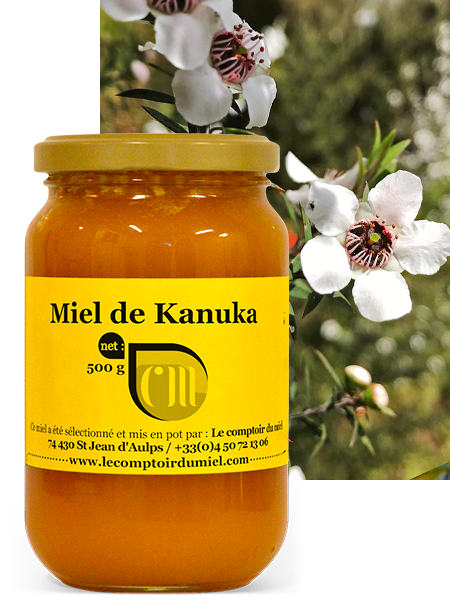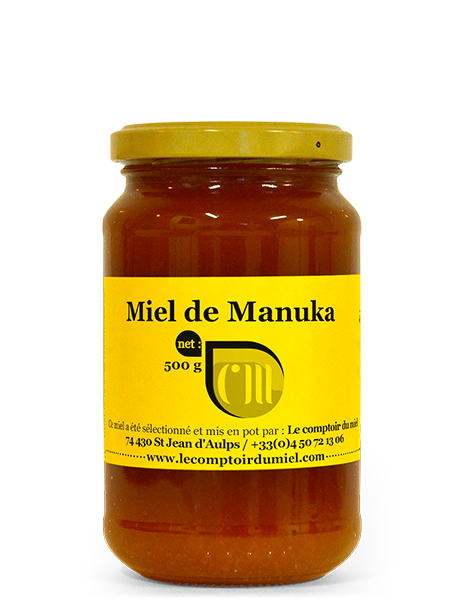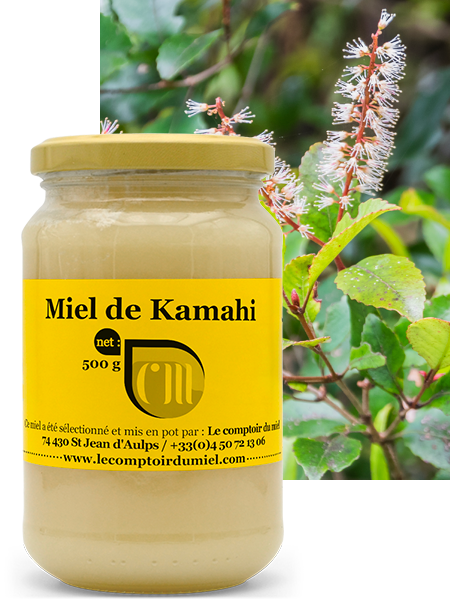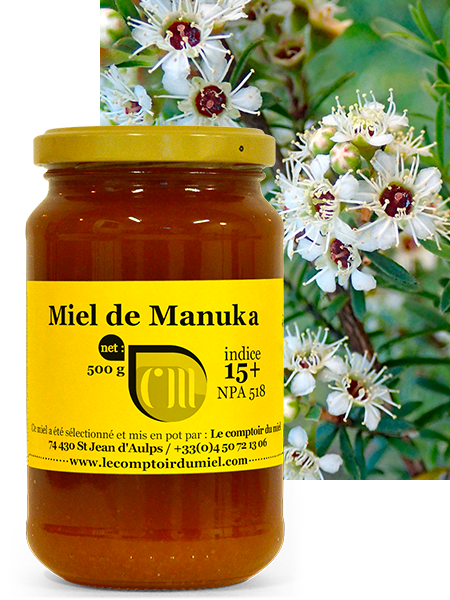Kanuka is a variety of tea-tree endemic to New Zealand: There are 2 varieties of tea-tree in New Zealand:
Manuka leptospermum Scopariumand Kanuka Kunzéa Ericoïde.
Kanuka and Manuka are related:
Kanuka is typically the cousin of Manuka. Unlike Manuka, Kanuka grows at low altitudes right up to the mountain edges, and grows tall (up to 30m) to capture the sunlight. Its leaves are tall only, its trunk is fibrous and the tree produces white flowers resembling Manuka.
Often confused with manuka, this plant is native to of Aotearoa and grows abundantly throughout the Tairawhiti region of New Zealand.
The tree as a Maori remedy:
- The Maoris used Kanuka honey to treat gastric problems stomach problems, urinaryto treat wounds and respiratory ailments. Until now, differentiating between Manuka and Kanuka pollens in honey has been complicated by their similarity.
- Kanuka is also said to have strong properties on eczema:
Indeed, an initial clinical trial conducted by the New Zealand Institute of Medical Research has just confirmed the efficacy of this traditional Maori plant againsteczema,
it seems that kanuka honey index 6+ is truly effective in alleviating the inflammatory symptoms of eczema and potentially limit the number of secondary infections associated with eczema lesions”.
Components of Kanuka honey index 6+ :
- MGO (Methylglyoxal): this is the component with anti-bacterial activity. This index expresses the quantity of Methylglyoxal per kilogram of honey. For example, a Manuka honey with the characteristics of 200mg/kg would be represented by MGO 200+. Manuka Health owns the MGO design.
- NPA (Non Peroxide Activity): non-peroxide activity. This scale can be compared to a classic phenolic disinfectant. The more powerful the activity, the greater the circle of inhibition around the honey. A 10% phenol solution, for example, is equivalent to a honey labeled NPA10+
Since April 1, 2020, this is a European trademark registered by Rastenberger GmbH. - UMF (Unique Manuka Factor): this is the most widespread. It is due to a New Zealand association whose aim is to promote Manuka honey locally and on foreign markets. It was originally created by Peter Molan.
Members (beekeepers) pay an entrance fee and are entitled to use the UMF+ logo. This is a guarantee of quality for the consumer, as the institution is reputed to be serious and regularly tests its honeys. The scale is applied in the same way as the NPA (% phenol solution).
Nevertheless, all honeys contain small quantities of hydrogen peroxide molecules, which react to produce an antiseptic effect. For example thyme in Europe, often used in hospitals.
The best use is to apply honey externally to a wound. Ingesting it can also help with sore throats, mouth ulcers and digestive problems.
The taste, flavour and preservation of Kanuka honey:
It’s a floral, aromatic honey. Which is the opposite of its congeners! The flavor is persistent and pleasant, with a slightly lemony lemony. Kanuka honey keeps very well under no special conditions.
Did you know?
Kanuka honey and Manuka honey are complementary:
One, Manuka, is anti-bacterial and antibacterial, the other, Kanuka, is anti-inflammatory.





Reviews
There are no reviews yet.